
MICROSERVICES ARCHITECTURE




LET'S BUILD TOGETHER
https://rocka.co

xergioalex
Sergio A. Florez
TECH LEAD && FULL STACK DEVELOPER






LET'S BUILD TOGETHER
DIVIDE AND CONQUER



LET'S BUILD TOGETHER
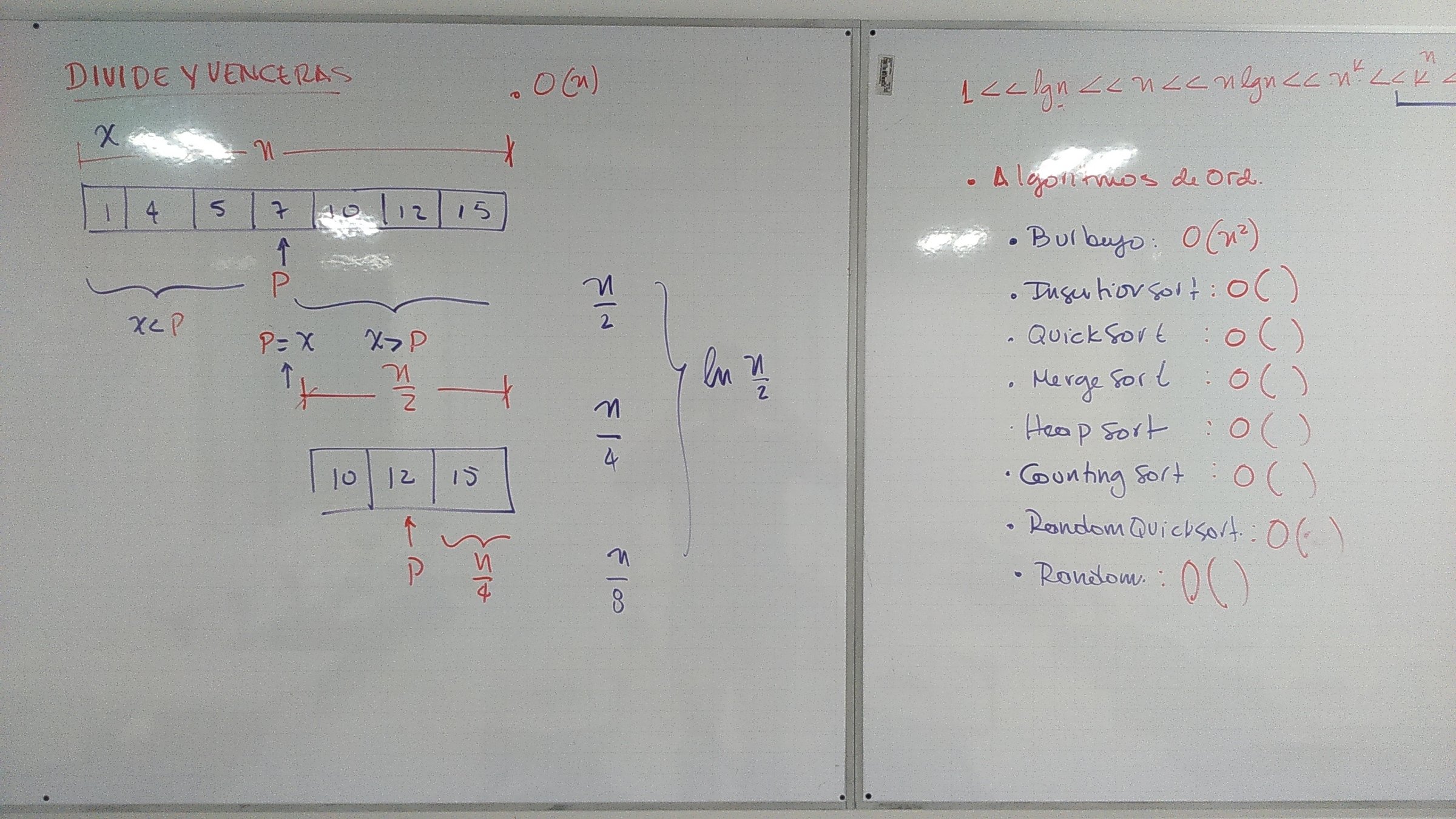


LET'S BUILD TOGETHER
DIVIDE AND CONQUER
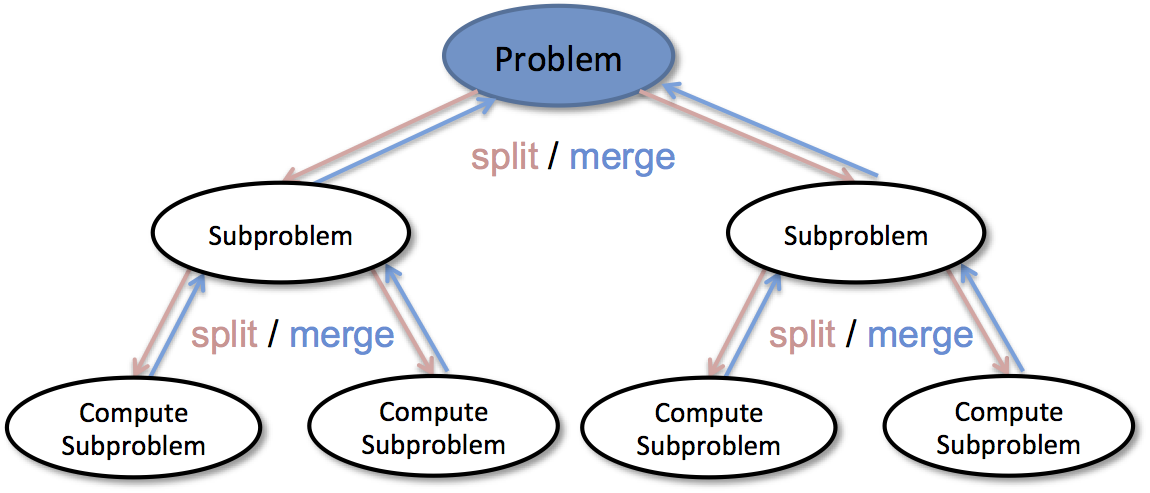



LET'S BUILD TOGETHER

Microservice is that it does one thing and it does it very well.



LET'S BUILD TOGETHER

It’s autonomous: self-contained unit of functionality. A unique location (URL) identifies it.



LET'S BUILD TOGETHER

It’s isolated, so we can modify it, test it and deploy it without impacting other areas of the solution



LET'S BUILD TOGETHER

It’s elastic. Can be scaled independently of other services.
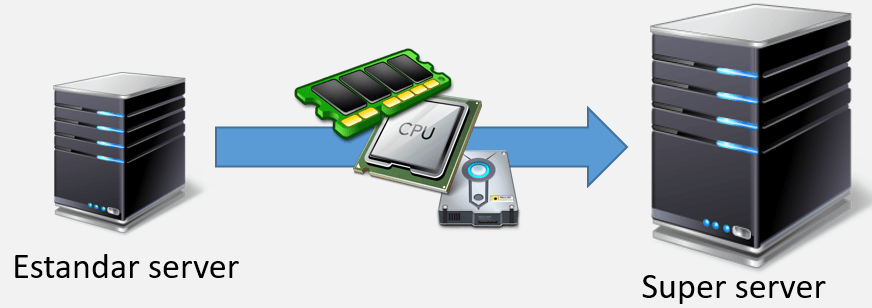

Vertical
Escaling
Horizontal
Escaling


LET'S BUILD TOGETHER

It’s resilient. Is fault tolerant and highly available.




LET'S BUILD TOGETHER

It’s responsive, it responds to requests in a reasonable amount of time.



LET'S BUILD TOGETHER

It’s message oriented. Rely on asynchronous message-passing to establish a boundary between components.



LET'S BUILD TOGETHER

It’s programmable. Thanks to API’s for access by developers and administrators and Applications are composed from multiple microservices.



LET'S BUILD TOGETHER

It’s automated, the lifecycle of a microservice is managed through automation that includes dev, build, test, staging, production and distribution.



LET'S BUILD TOGETHER
Are Microservices the silver bullet for all your problems?
NO




LET'S BUILD TOGETHER
Scalable
PROS
CONS

Network latency increased by the messages interchange.
Reduce deployment costs
Deployment and testing complexity increase exponentially based on the number of interaction between services.


LET'S BUILD TOGETHER
Can be developed by a small team.
PROS
CONS

Too fine grained microservices may create an overhead that outweighs its utility.
Team only has to be aware of the business logic that represents the service and its interactions.
Message formats, restrictions, and interactions knowledge is needed.


LET'S BUILD TOGETHER
Continuous deployment.
PROS
CONS

Must pay lot of attention in versioning because of the interaction with older version of other services.
Use the technology you prefer to create it.
Transactional operations that goes through the boundaries of many microservices increase the logic complexity.


LET'S BUILD TOGETHER
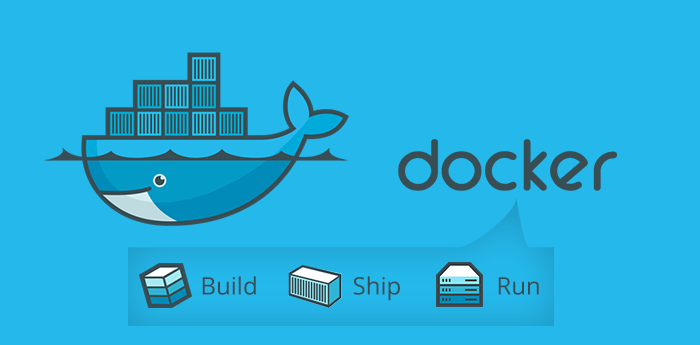



LET'S BUILD TOGETHER



LET'S BUILD TOGETHER
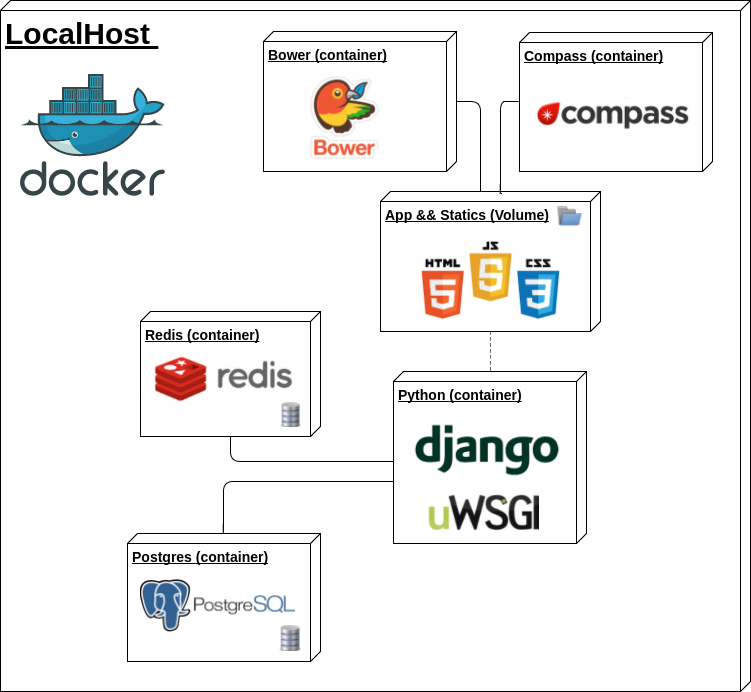


LET'S BUILD TOGETHER
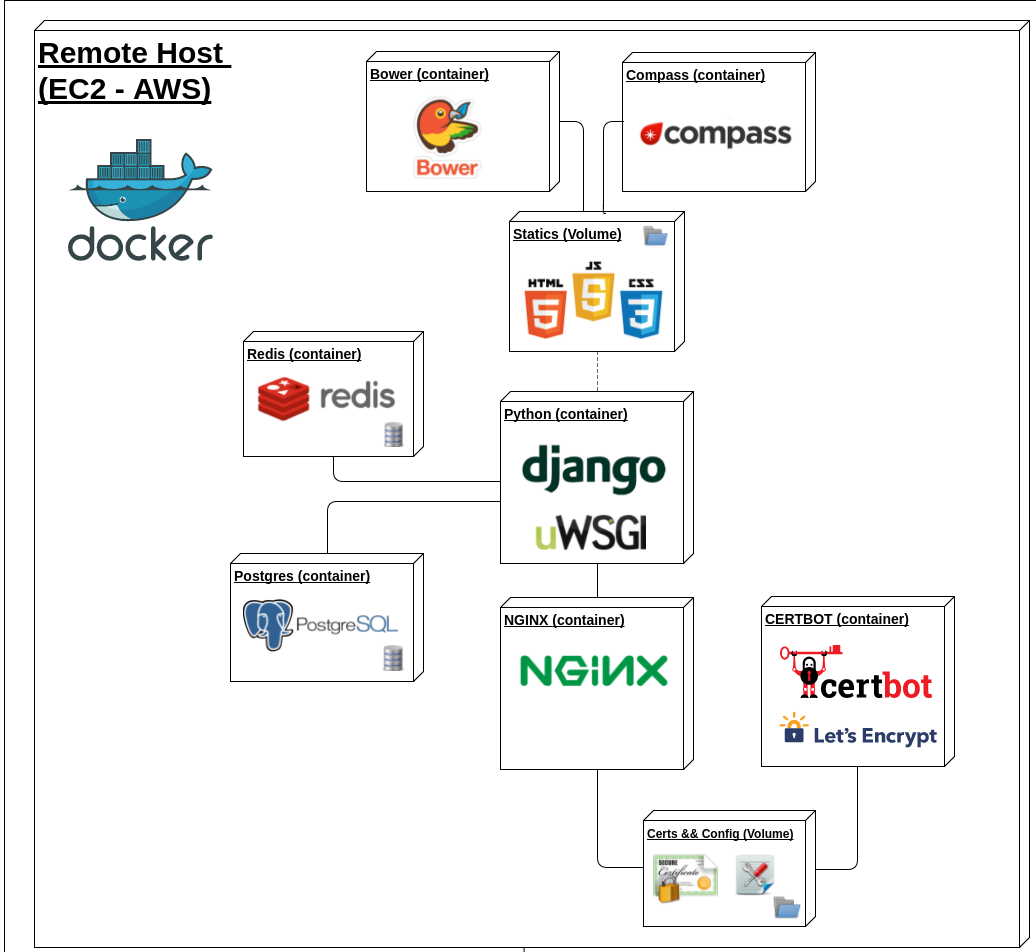


LET'S BUILD TOGETHER
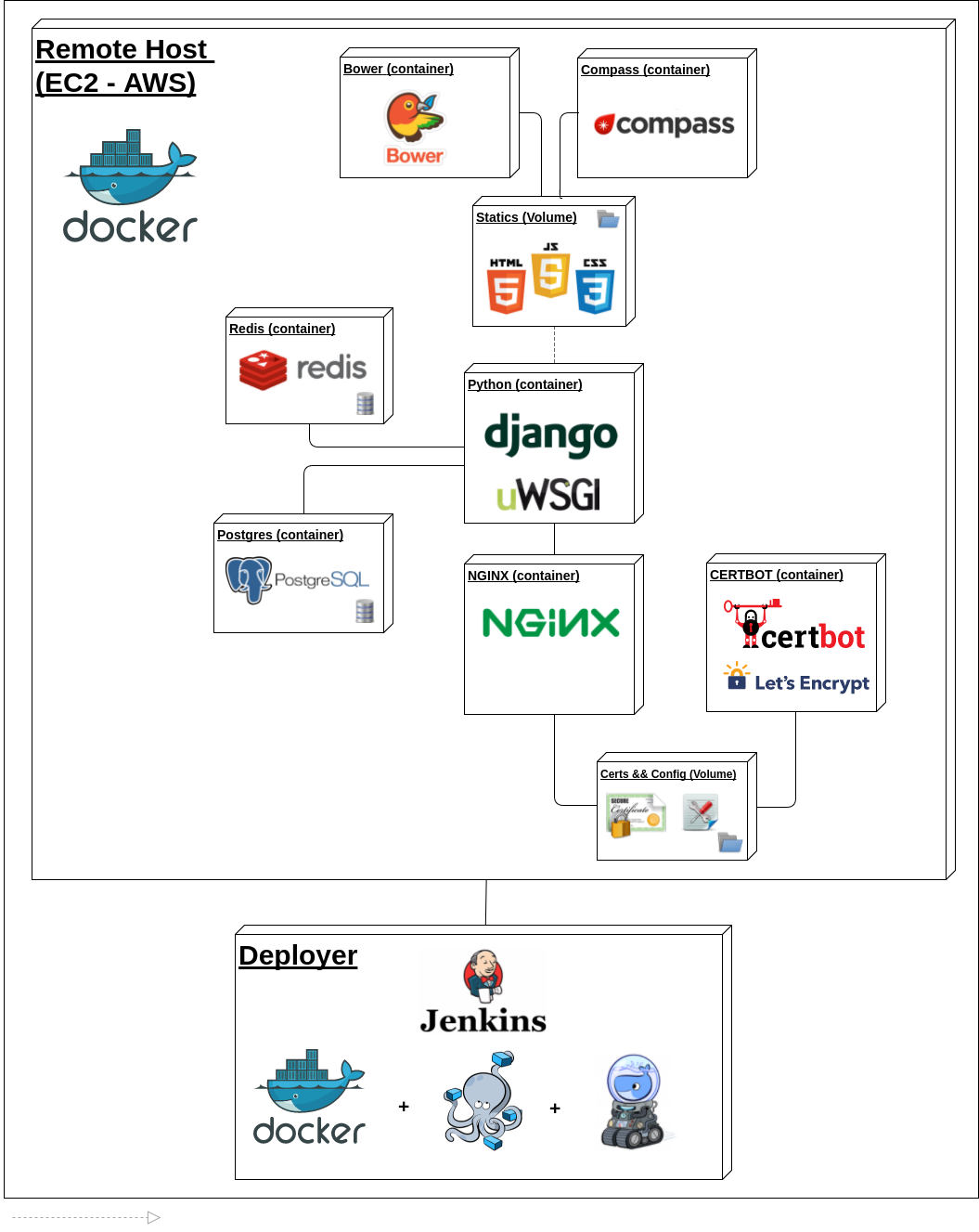


LET'S BUILD TOGETHER
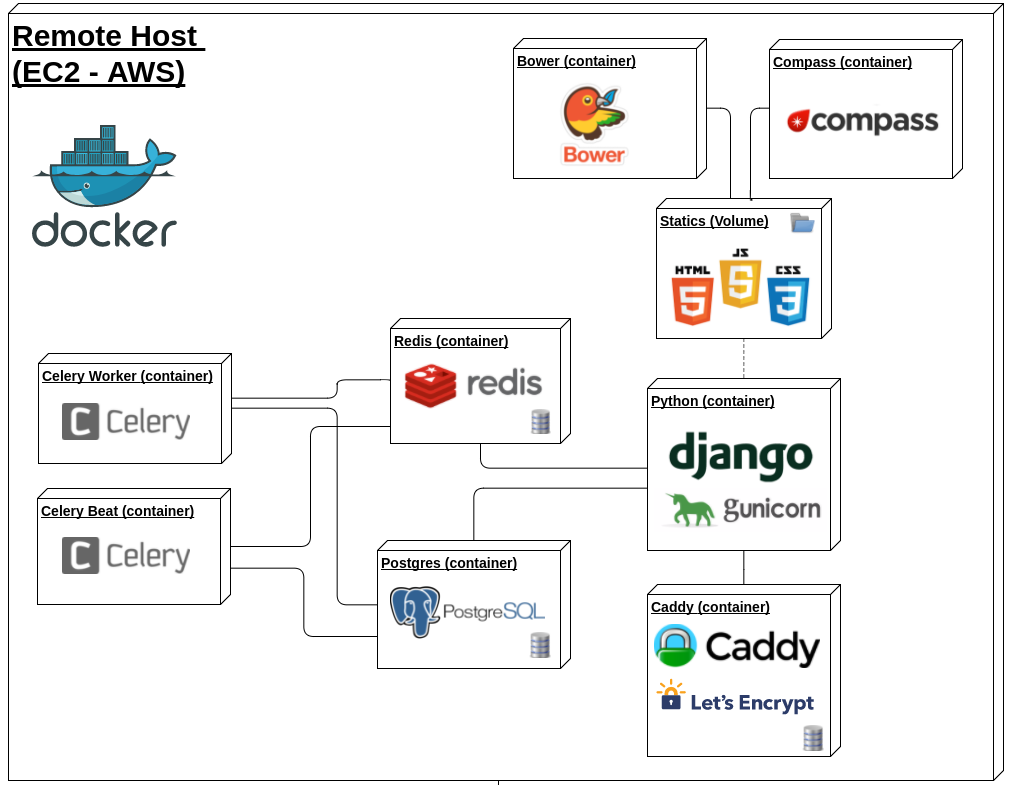


LET'S BUILD TOGETHER
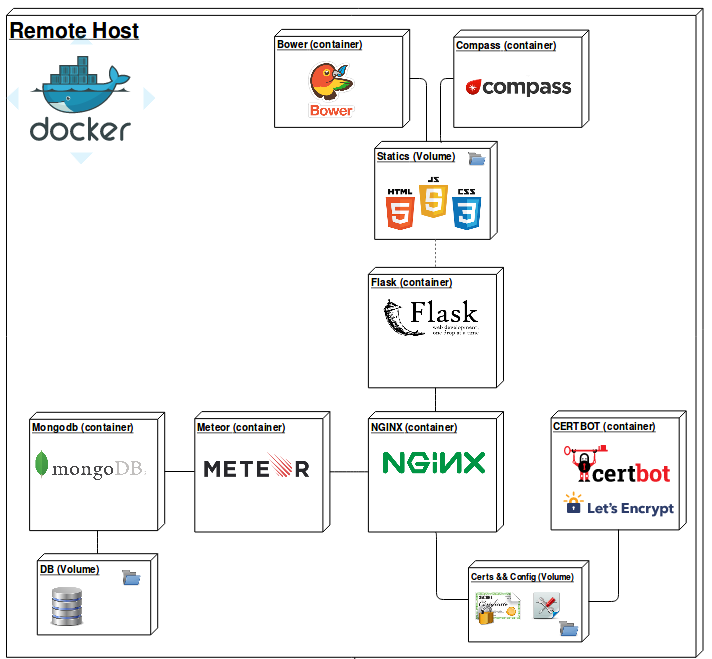


LET'S BUILD TOGETHER
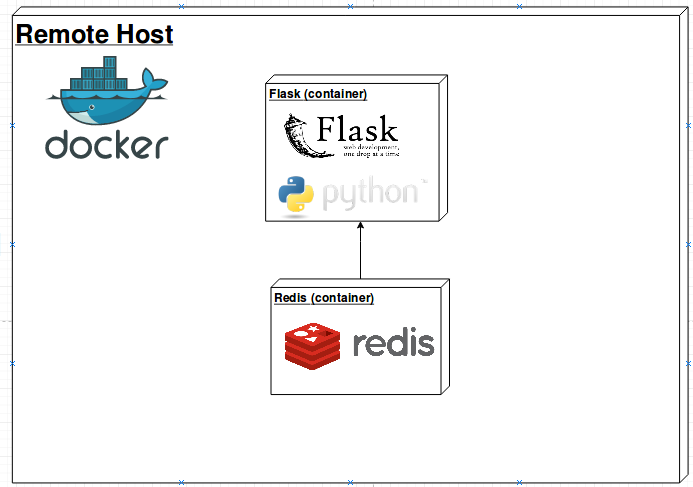


LET'S BUILD TOGETHER


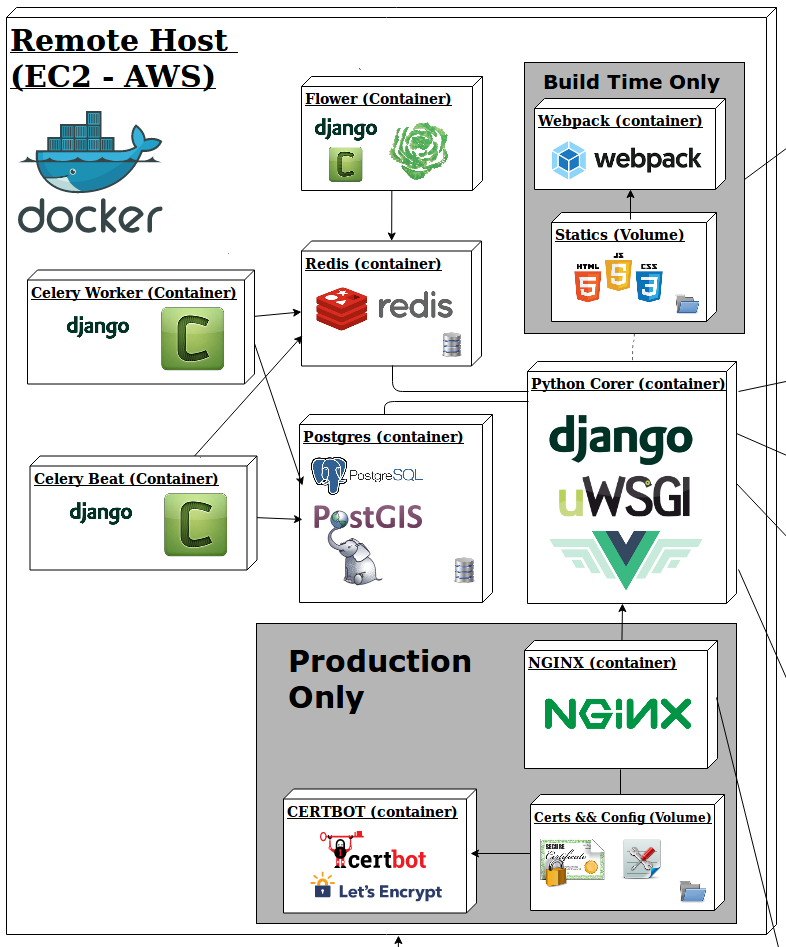

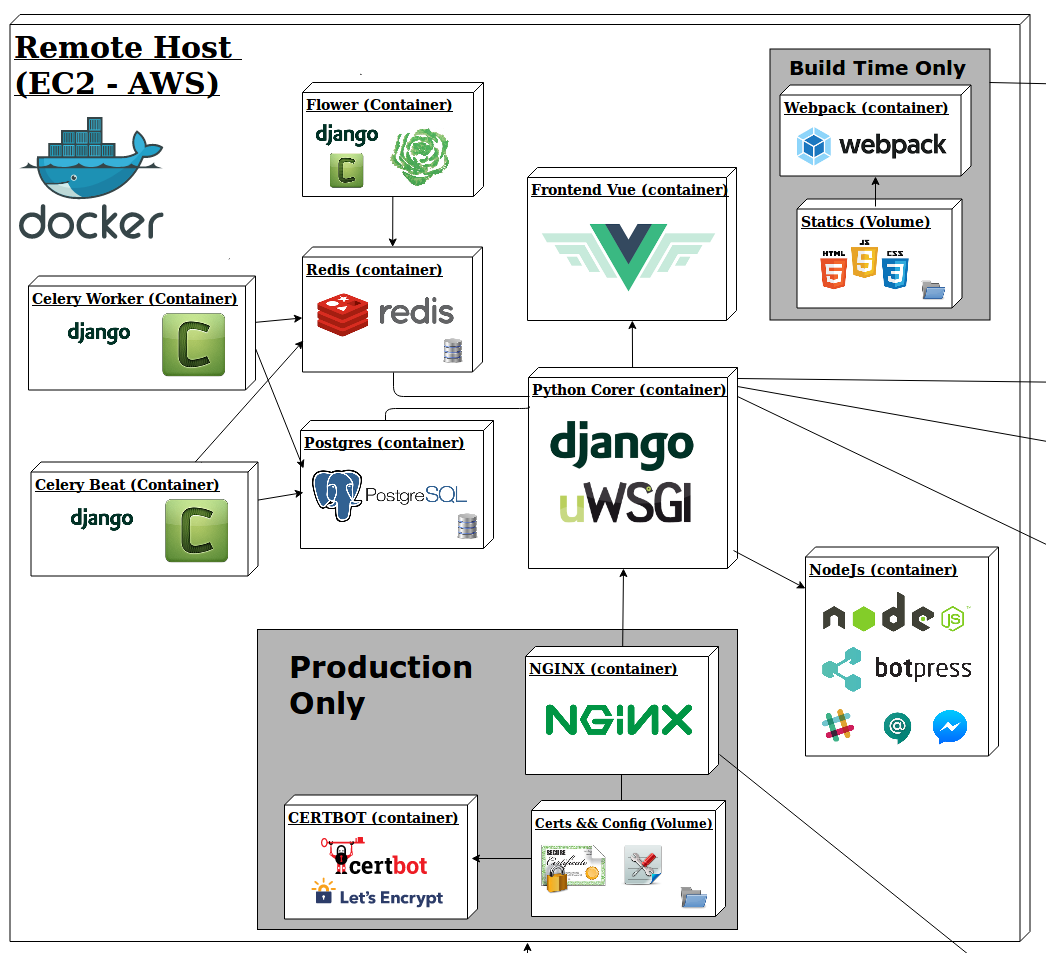


LET'S BUILD TOGETHER


Links


LET'S BUILD TOGETHER
Docker
Docker Compose
https://docs.docker.com/compose/
Github GraphQL API
https://developer.github.com/v4/
Docker Machine
https://docs.docker.com/machine/
Links


LET'S BUILD TOGETHER
Docker Swarm
https://docs.docker.com/engine/swarm/
Divide and conquer – The Microservice approach
https://www.art2link.com/divide-conquer-microservice-approach/
Docker Load Balancer Demo
LET'S BUILD TOGETHER
https://rocka.co

xergioalex
Sergio A. Florez
TECH LEAD && FULL STACK DEVELOPER



